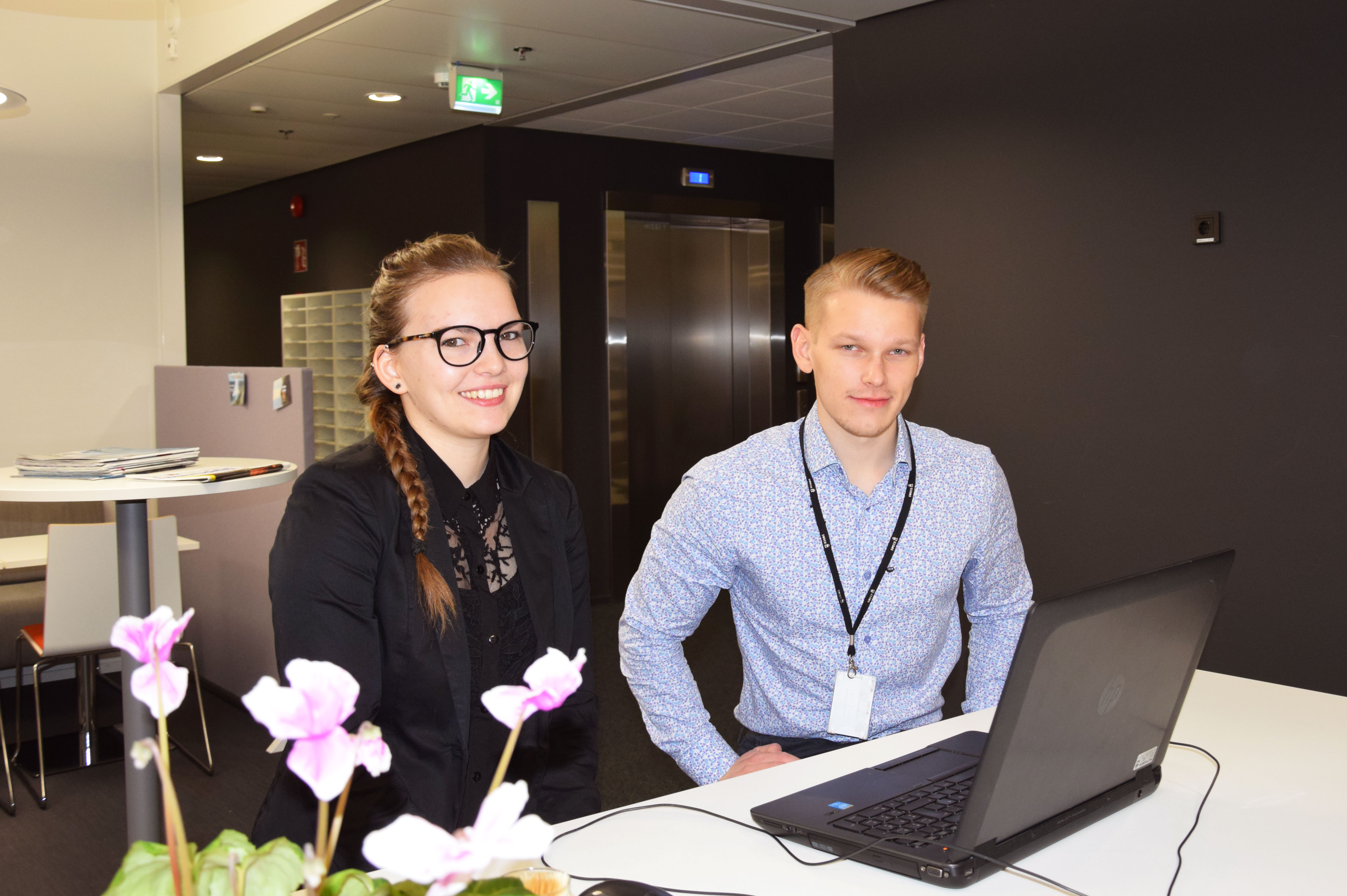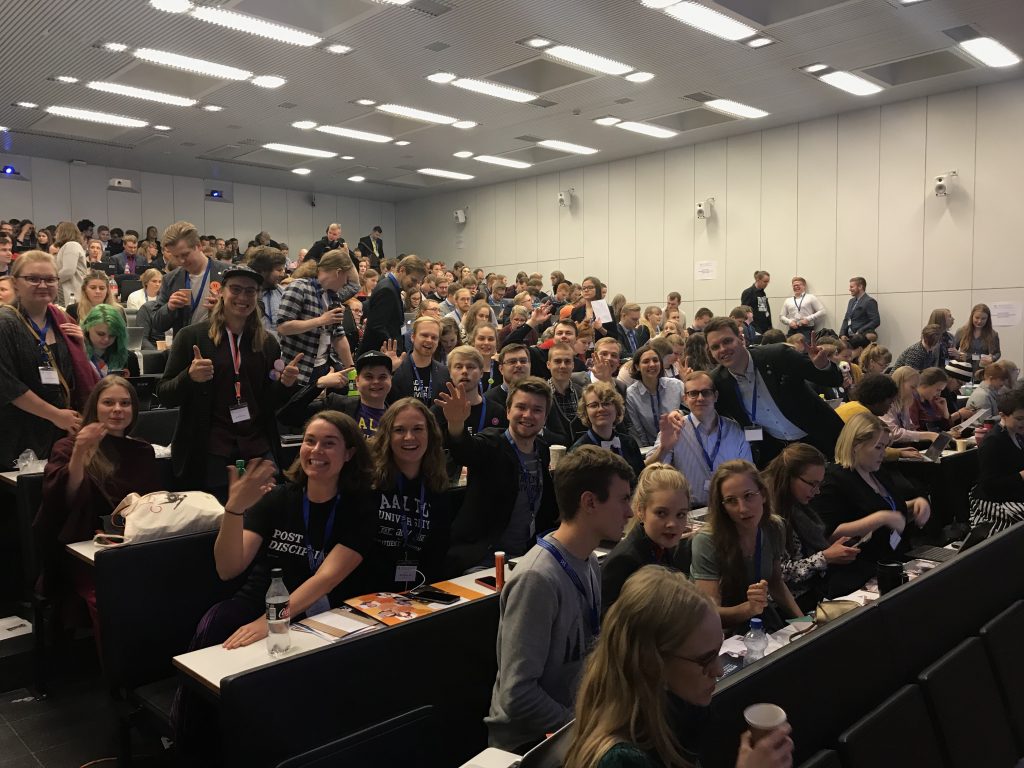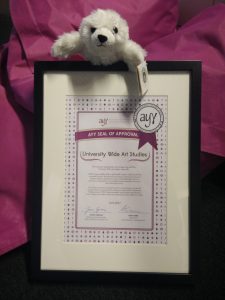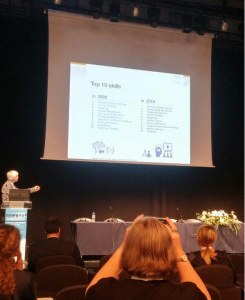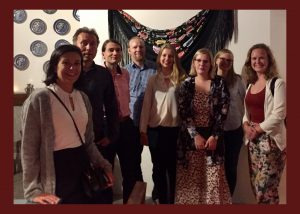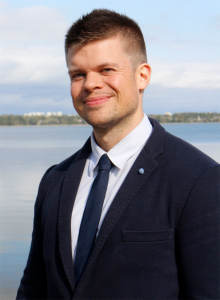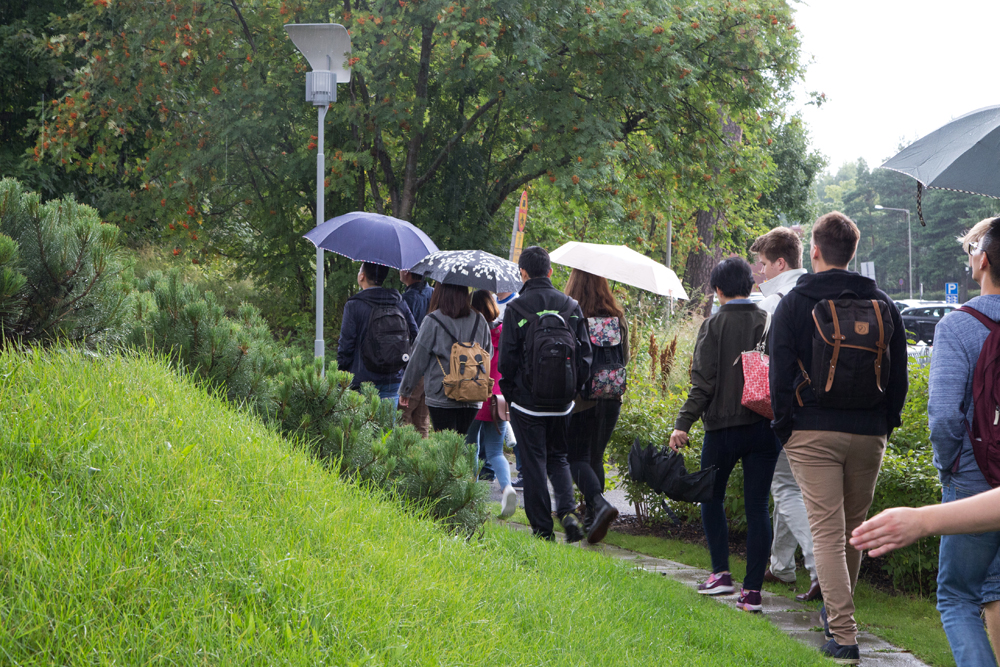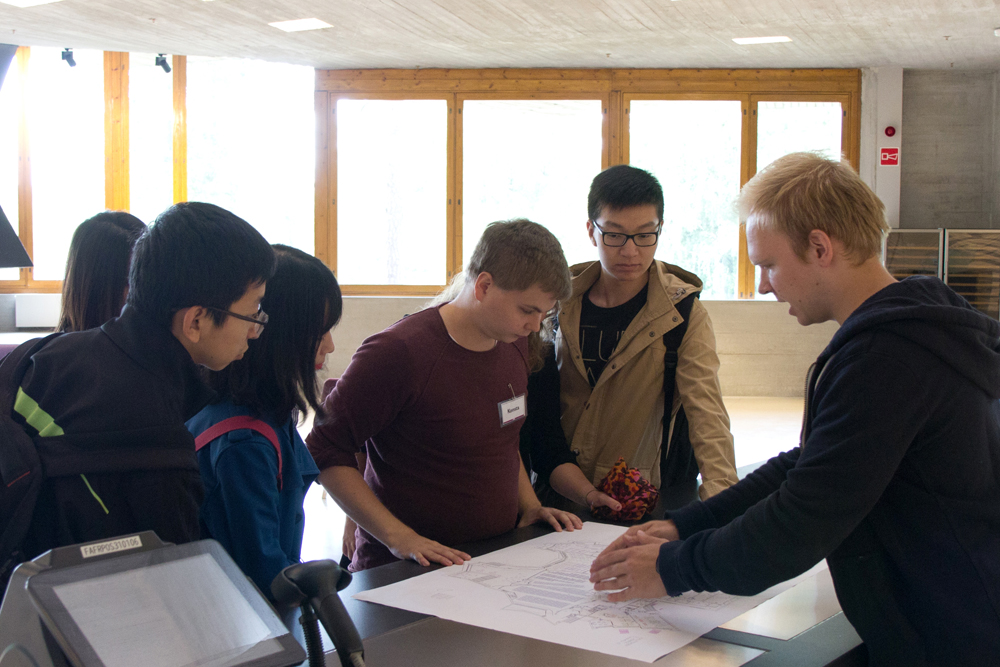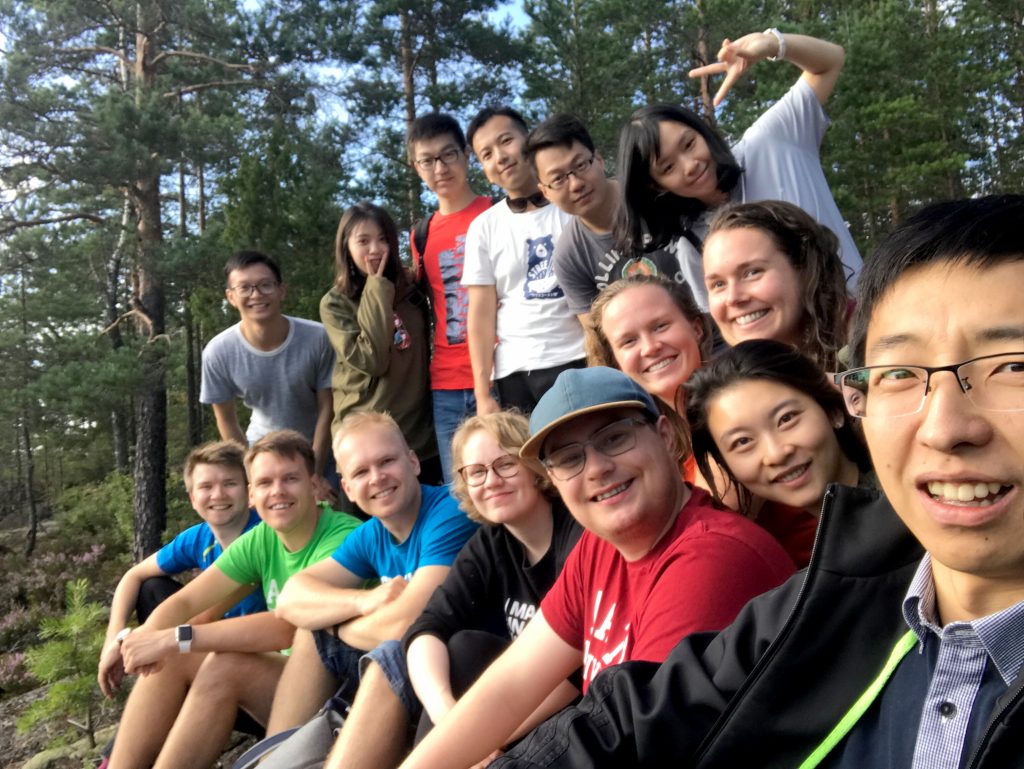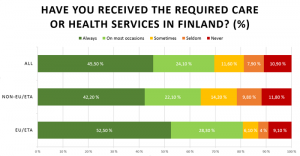It’s a new day at the office. The morning starts with reading all the emails that have accumulated since we left work yesterday. There’s a lot of projects going on, in which our roles are more or less important, and the steady stream of emails is a daily reminder of that. All our colleagues throw a casual greeting as they arrive. Many people have their workstations on our floor, people from different departments and backgrounds, with skills from apprentice to master. We are a pair of trainees currently studying structural engineering at Aalto University. One of us is already in the master’s program, and the other is completing her bachelor studies.
A project needs team players
During the summer, we were involved in many projects, for example, designing the façade of Redi, the hybrid shopping center rising in Kalasatama. Although most of our time was spent on managing a project of our own. Our team consisted of two summer trainees and one recent graduate. On our daily agenda was 3D building information modelling with Tekla Structures, making assembly drawings of element structures, and some small design tasks. This project truly was a test of our groupwork skills, as we had to stay on track about who was doing what at that exact moment. This was to ensure that everyone had their own area to work, while also making sure that work is efficient and, for example, two people are not doing overlapping tasks in the 3D model.
Sweco offers guidance, supervision and an abundance of opportunities for trainees
Some might wonder, why were trainees put in charge of a project. Do we not value our projects and simply gather as many commissions as possible to maximize profits? This of course is not the case. The idea behind this is to let handling responsibilities right from the get-go make us more prepared as designers. This enables our superiors and more experienced designers to take a more guiding role. Guidance and supervision ensure the quality and safety of our plans and designs. Completing our very own project has indeed taken a lot of learning, but all in all it has been a valuable and cool experience for us trainees. Feeling secure and supported in the work environment is very important.
During the summer, we were able to form a clearer picture of the structural planning process as a whole. This was of course through working on our own project. We also had the opportunity to attend interesting courses. For example, we learned about implementing the Last Planner® method in the planning process. The point of Last Planner® is to understand and manage the effect of small delays on the schedule as a whole. In this aspect, designing and engineering are in a crucial role, as it is quite impossible to start construction without the plans.
Advantages of a big company – experts from all areas of construction
Now, as we are working in a big company we have the advantage of resources. Sweco has the capability to manage the most challenging of projects, for example, Tripla in Pasila, Redi in Kalasatama etc. There are experts from all areas of construction sitting in the building, so a solution for any kind of problem can indeed be found. At Sweco, everyone is given a position where they are able to use their skills and capabilities to the best of their abilities. As a demonstration, we have been involved in brainstorming ideas for the Sweco space, which is to be situated on our campus in Otaniemi.
The end of the year is nigh and the hunt for next year’s summer trainees is beginning. Last year Sweco offered a trainee position for over a hundred students! We remind you to act fast though, as we have heard that positions are filled as suitable candidates are found.
Happy holidays from Ville Airisniemi (5th year student)
and
Happy exam week from Camilla Leiman (3rd year student)
